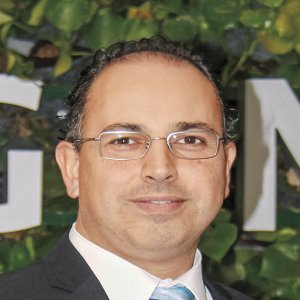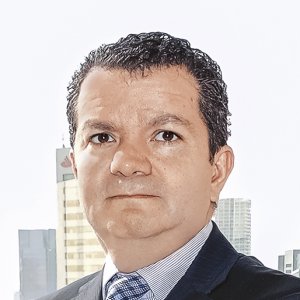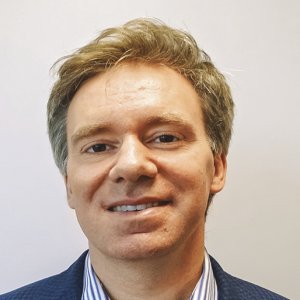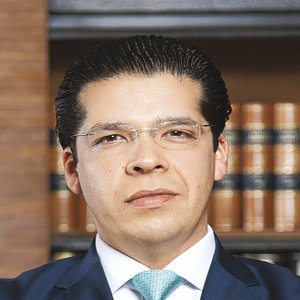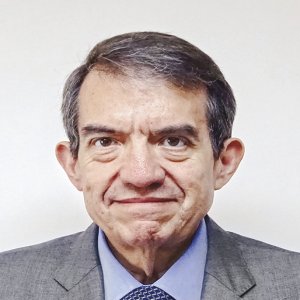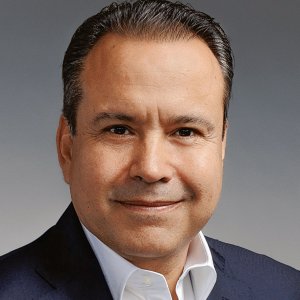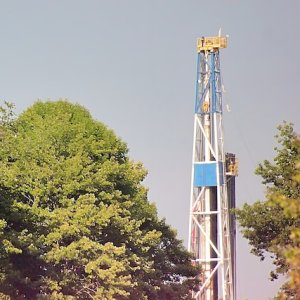New Tech Makes Geothermal Viable

STORY INLINE POST
Q: How can an engineering company like Grupo Enal disrupt the geothermal sector in Mexico?
A: We want to be innovative and one of our main initiatives is to enter distributed generation. We have a new technology that makes the production of energy via geothermal sources in the range of 20-500kW both economically and technologically viable. We developed this solution while working for a producer that needed to start generating energy to support the development of its projects. Diesel generators and solar roofing were considered. We decided to take advantage of the existing geothermal source there. After some engineering, we created the first geothermal plant for distributed generation with a production capacity of 20kW.
We have now developed the technology further, creating a portable and easy way to install distributed-generation plants able to gather real-time information about the well so it can be analyzed by developers. This small plant has undergone trial-testing and we are looking for opportunities to test it under real conditions. We call this “anticipated generation” and it will be sold to geothermal project developers. Once that market with geothermal developers stabilizes, we plan to extend it to general distributedgeneration, mainly for remote users who need a stable energy supply. We want to become champions of geothermal distributed generation with the application of this technology.
Q: What more needs to be done to boost the inclusion of geothermal in the long-term electricity auctions?
A: Geothermal is very different from other renewable sources; it is hard to compare one with the other. Solar and wind have attracted attention in the long-term electricity auctions but if the final price of energy continues to ignore externalities, such as the backup and storage required for these intermittent renewables, geothermal will not be able to compete against them. Another negative for geothermal is the greater amount of time required for development compared to solar and wind.
As developers, we can never know exactly how much power (MW) will be generated from each developed site until we drill and begin characterizing the well. If in an auction a geothermal developer offers 50MW and only 40MW can be produced because of reservoir conditions, the developer should be able to change that offer.
The best solution is to hold auctions exclusively for geothermal, in which no other renewable technology competes, as is done already in Germany and Argentina. The Ministry of Energy has started working on the development of geothermal and a big step is the publishing of the geothermal law but we need a bigger commitment to promote this technology
Q: What are Mexico's geothermal advantages?
A: Beyond the technical aspects that allow for a better electrical system, Mexico has over 3,000 professionals with experience in geothermal technologies and over 30 years of experience developing geothermal projects. Few countries in the world possess this kind of capital. Having a rich experience in a technology that few countries in the world have, with high levels of local content and the ability to produce power 24/7 without intermittency, providing stability to the grid, is priceless.
Q: What is geothermal's biggest challenge in Mexico?
A: The cost of project development. A 100MW project can cost up to US$300 million. Enal has specialized in reducing costs and increasing production from wells by using special drilling techniques, such as continuous coring and highspeed water cutting, techniques that few companies use, which deliver a cheaper drilling process that cuts costs to almost a third of the standard amount. Grupo Enal also uses lesser-known providers and alternative contracting and riskmanagement schemes that bring down well and central power-producing unit costs, making us more competitive.
